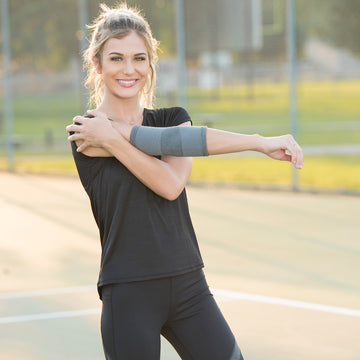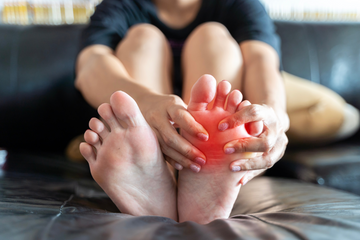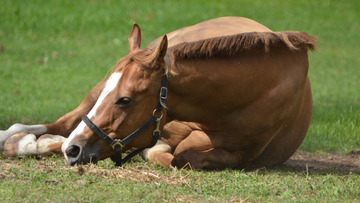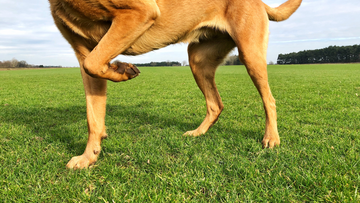
When you think of the 4th of July, what comes to mind? For many of us, we think of picnics, family, and friends, parades and fireworks.
Who doesn't like fireworks, right?
There are many horse owners that are not excited about the fireworks. While many horses may not be phased by the excitement of this weekend, there are just as many that are petrified. It leaves us with the question, "Horses and Fireworks: How Do I Keep My Horse Safe?"
We wanted to share a few simple ways to keep your horses safe and secure.
- Keep your horse's routine the same as you normally would. If your horses are in at night, stick to that routine, leave the lights on and turn on a radio with soothing music. Music or the noise of a fan may help to dull the shock of the fireworks noises.
- Make sure to keep yourself safe and do not stay in the stall or in the pasture with your horse. Scared horses can be unpredictable and it is highly unlikely you could hold your horse still in the event they panicked.
- Before the sun goes down make sure to check all fences, gates, and other latches to ensure everything is secured in the event your horses get running. Also check for holes or other places in your pasture that could injure your horse if they are running around in a panic.
- Make sure your horse has proper identification in the event they get out. It can be something as simple as writing your phone number on a hoof with a sharpie marker, a halter identification tag or an embroidered fetlock or neck band.
- If your horses are normally kept in a pasture vs the barn, a larger turnout is preferable to a smaller arena or pasture. You want to make sure your horse does not feel trapped.
- If you have a young or very sensitive horse, take the next year and work on desensitizing them to loud popping noises and fireworks. This will not only benefit you and your horse on the 4th of July, but all throughout the year making your horse much safer.
- Something simple that may work as well to help dumb down the noise is ear pom poms. We suggest using these ahead of time to ensure your horse is accustomed to how the poms feel in their ears.
- As a last resort, consult your veterinarian regarding sedation if you have tried all other methods.
These are suggestions that we hope will help, but we know that you know your horse better than we do. Use your best horse sense and keep a good eye on the barn and pastures during the fireworks to ensure your four-legged friends are safe and happy.
 Happy 4th of July from Team Benefab!
Happy 4th of July from Team Benefab!
 When you think of the 4th of July, what comes to mind? For many of us, we think of picnics, family, and friends, parades and fireworks.
Who doesn't like fireworks, right?
There are many horse owners that are not excited about the fireworks. While many horses may not be phased by the excitement of this weekend, there are just as many that are petrified. It leaves us with the question, "Horses and Fireworks: How Do I Keep My Horse Safe?"
When you think of the 4th of July, what comes to mind? For many of us, we think of picnics, family, and friends, parades and fireworks.
Who doesn't like fireworks, right?
There are many horse owners that are not excited about the fireworks. While many horses may not be phased by the excitement of this weekend, there are just as many that are petrified. It leaves us with the question, "Horses and Fireworks: How Do I Keep My Horse Safe?"






 Happy 4th of July from Team Benefab!
Happy 4th of July from Team Benefab!















